Behaviourism is a theory of animal and human learning that focuses upon the behaviour of the learner and
the change in behaviour that occurs when learning takes place. Learning in the context of behaviourism can be defined as the
acquisition of a new behaviour or the modification of behaviour as a result of teaching, training or tutoring.
Wollard, 2010
Behaviourism is...underpinned by the principles of stimulus-response, and all behaviour is explained without
the need to consider internal mental states or consciousness. However, those internal states such as belief, motivation and
satisfaction can be represented bypatterns of behaviour.
Wollard, 2010
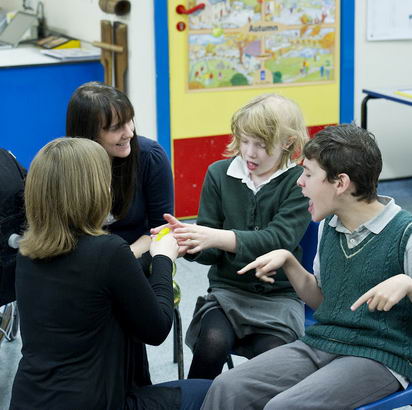
[B]ehaviour...is changed by positively reinforcing (rewarding) an appropriate behaviour but ignoring inappropriate
behaviour.
Woollard, 2010
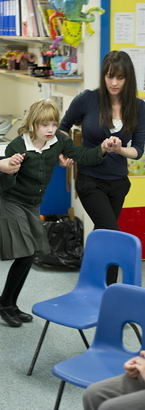
Modern behaviourism asserts that:
- A simple stimulus-response is the foundation of all behaviour;
- From birth a person's motivation and behaviour is influenced by environment, experiences, and actions of other people;
- Human learning behaviours are inferred from animal learning behaviour under experimental conditions;
- Interventions should be based on objective observation;
- New behaviour is generated through classical or operant conditioning or modelling;
- Old behaviour is modified through rewards and punishments;
- Outward behaviours reflect internal states; and
- Some rewards are internal.
(Wollard, 2010)
The behaviourists and their key ideas:
Ivan Pavlov (1849-1936)
- Classical conditioning
Edward Thorndike (1874-1949)
- Law of effect (behaviour rewarded positively strengthens the response)
John Watson (1878-1954)
- Stimulus–response theory; coined 'Behaviourism'
Burrhus Frederick Skinner (1904-1990)
- Operant conditioning
Albert Bandura (born 1925)
- Social learning theory
- Observational learning
(Pound, 2008)
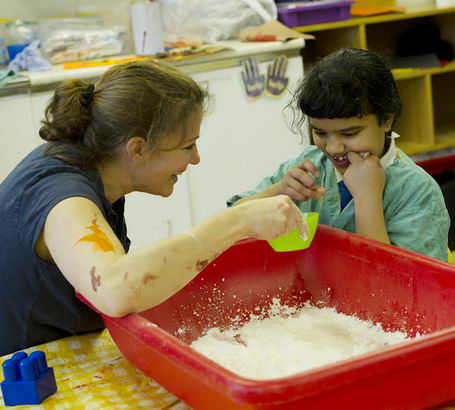
John Watson promoted behaviourism in its most radical form in which the role of the mind as
an object of study is denied and all behaviour is explained as a response to chains of stimuli (from the environment).
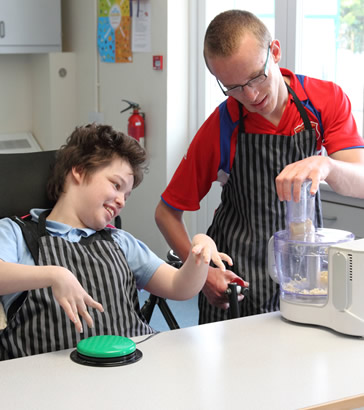
Bandura's 'reciprocal determinism' incorporated into the radical behaviourist approach – which focused on stimulus-response,
measurable behaviours and learning through reinforcement – a belief that:
- Human behaviour influences the environment (eg internal motivation, self-efficacy, attention, memory);
- Human behaviour influences others' behaviour (eg role models; children's selective observation and imitation).
(Tilstone and Layton, 2004; Wollard, 2010; also Bee and Boyd, 2010)
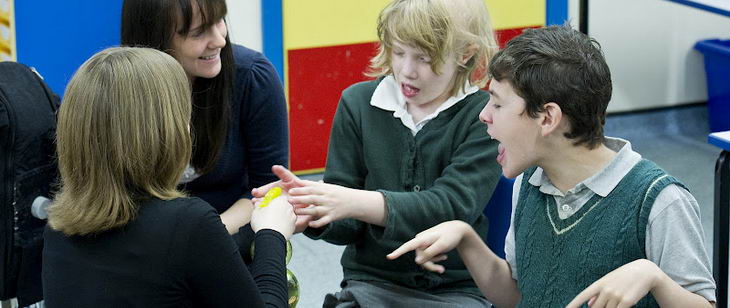
Operant conditioning is the process of 'shaping' responses towards a target behaviour by successively rewarding the achievement of sub-targets building up to the desired target behaviour.
Skinner demonstrated how behaviours can be reinforced through reward (positive reinforcement) or through the ending of something unpleasant (negative reinforcement).
(Tilstone and Layton, 2004)
Ivar Lovaas (1927-2010) used Applied Behaviour Analysis (ABA) approaches with children with autism at a time when society considered them ineducable.
However, his methods were controversially aversive and would be considered abusive today. He also made flawed claims of 47% 'recovery' for children educated using his methods (Copeland, 2010).
Notwithstanding, this context, Copeland writes:
ABA has been used successfully with tens of thousands
of children with autism...to eliminate unwanted behaviors (self-injury, for example), and to promote desired behaviors, including
communication, adaptive skills, and at least the outward forms of social behavior (http://www.lovaas.com/).
Copeland, 2010
Education has generalised a number of strategies and approaches from behaviourism. These include:
- Systematic approaches;
- The importance of observation;
- Task analysis;
- Accurate record keeping and analysis;
- Structured evaluation;
- Antecedent/Behaviour/Consequence (ABC) analysis;
- Techniques in developing new skills (eg prompting, shaping, modelling, chaining); and
- Rewards (eg token economies).
(Tilstone and Layton, 2004)
Summarise the approaches used in your classroom that are drawn from the behaviourist tradition.
Take a particular example and describe how an intervention was implemented based on the 'systematic approaches' principles listed on this slide.

Our scientific power has outrun our spiritual power. We have guided missiles and misguided men.
King (Jr), 1963
The Organisation for Economic Co-operation and Development's (OECD) publication: Understanding the Brain: The Birth of a Learning Science, includes an important discussion on the ethical field of educational neuroscience.
It also offers the following illuminating Martin Luther King Jr quote:
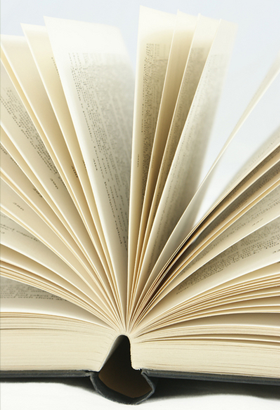
Bee, H. and Boyd, D. (2010) The Developing Child (12th edition), New York: Allyn & Bacon.
Copeland, J. (2010) Making sense of autistic spectrum disorders: behaviorism, part 3-O. Ivar Lovaas and ABA, Psychology Today, (26.9.10).
Tilstone, C. and Layton, L. (2004) Child Development and Teaching Pupils with Special Educational Needs, London: Routledge.
Woollard, J. (2010) Psychology in the Classroom: Behaviourism, London: David Fulton.